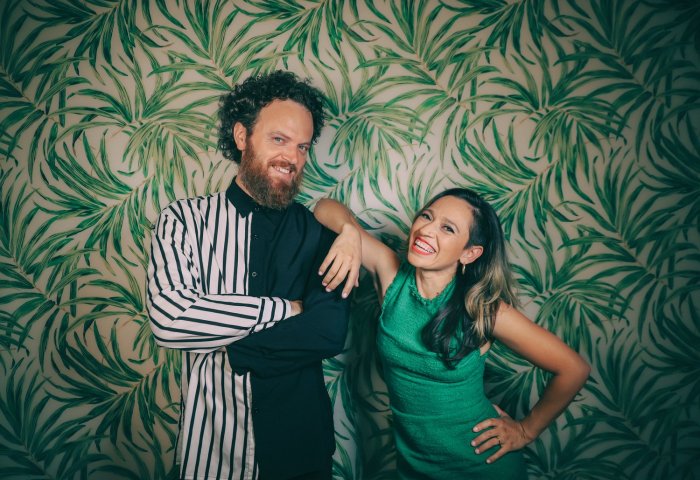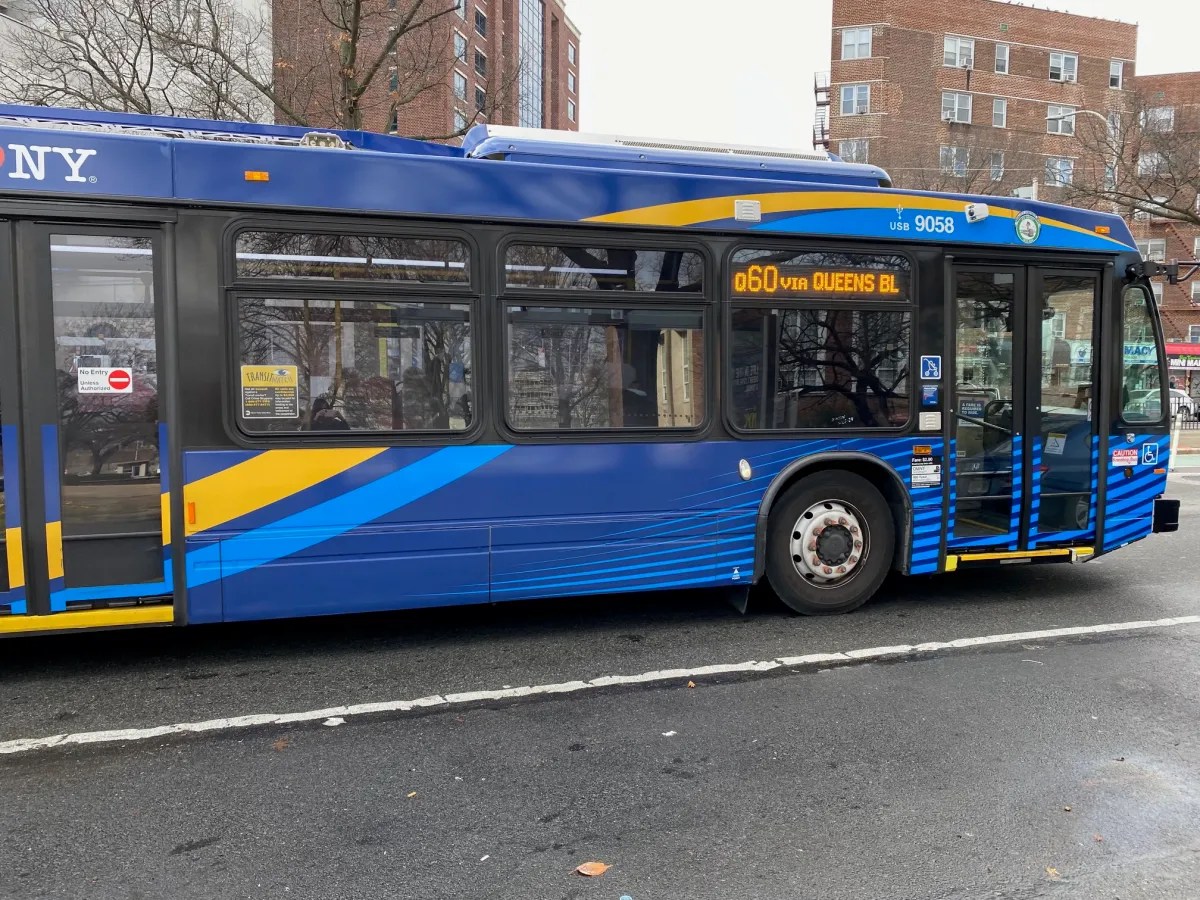If Dustin Pittman’s ego had taken up the space it deserves, there wouldn’t have been enough room for all the people who showed up at Bookmarc for the launch of the first collection of his photography, “Dustin Pittman: New York After Dark.”
Although Pittman was afraid no one would show up, the line went around the block of the West Village bookstore on Bleecker Street — and probably half of those people went away empty-handed, as copies sold out well before the line ended.
Co-written by Roger and Mauricio Padilha and published by Rizzoli, the 270-page coffee table book is chock full of boldface names. It’s a feast of candid black-and-white images taken between 1967 and 1982 of folks such as Divine, Ronald and Nancy Reagan, Lou Reed, Halston, Liza Minnelli, Gloria Swanson, Andy Warhol, Jackie Kennedy, Mick Jagger—the list goes on and on.
Photographed everywhere from CBGB’s to Studio 54 to the streets of the city, Pittman had entree to just about every hip joint and was friends with most of his famous subjects.
“This book is about you; it’s not about me,” Pittman recently told a capacity crowd at the National Arts Club at an event organized by Maria Soccor and Jason Rand, the co-chairs of photography there.





“Dustin is our modern-day Cartier Bresson, with the social acuity of a Slim Aarons,” Rand opines. “The work is driven entirely by his own journey and experience in various, often gated worlds or “tribes” as he calls them.
As a photographer, Dustin’s appeal is transgenerational and timeless. A unique mix of the high and the low, refined and gritty that is an intoxicating love letter to NYC”.
Soccor adds, “In every one of Dustin’s photos, you can feel him dancing and moving through every moment that he captures. Your senses are automatically heightened and you feel you are in the very moment the photograph is taken. He makes you feel a part of the magic that is happening.”
“The people in the pictures are my friends,” Pittman relates. “The pictures aren’t posed; they are unguarded moments. I’m doing the same thing now that I was doing when I started taking pictures of my friends when I was six years old.”
Although people have been encouraging him for years to write a book, he “didn’t want to take the time out to do it.” Fortunately, a lunch with the Padilha brothers at Odeon changed his mind.
“Dustin has been lucky to have such a long career—over 50 years now!” says Roger Padilha. “We thought it was time to showcase his images together.”






Pittman knew they were the right fit because “I’ve known them for 25 years and they knew my work. I’ve shot for them. They knew the time period. And they had a head start – they knew my history and my Instagram. I knew they’d do a great book. We did it in six months.”
Mauricio Padilha says that it wasn’t difficult to choose the images due to the fact that “with hindsight, we are able to focus on who from that time had become important historically and should have been included. For example, the image of a pre-fame Madonna wouldn’t have been of interest to publishers back in 1981, but today, that image is a goldmine!”
Roger Padilha admits that the hardest part was “organizing the disparate events to make a cohesive visual history of New York’s 1970s and 80s scenes, as Dustin was photographing super diverse subgroups of NYC society from uptown to downtown and everything in-between.”
“I love the book!” Pittman says. “It’s a time capsule of the period from the Summer of Love to the AIDS crisis. It’s about the days when people carried books instead of cellphones and models in fashion shows got changed in the sewing rooms. I wanted the right balance of music, social causes, and historical culture. Most of all, it’s a book about love.”
Pittman will be in conversation at Rizzoli Books on Oct. 2. For more info, check out www.rizzoliusa.com/author-



































